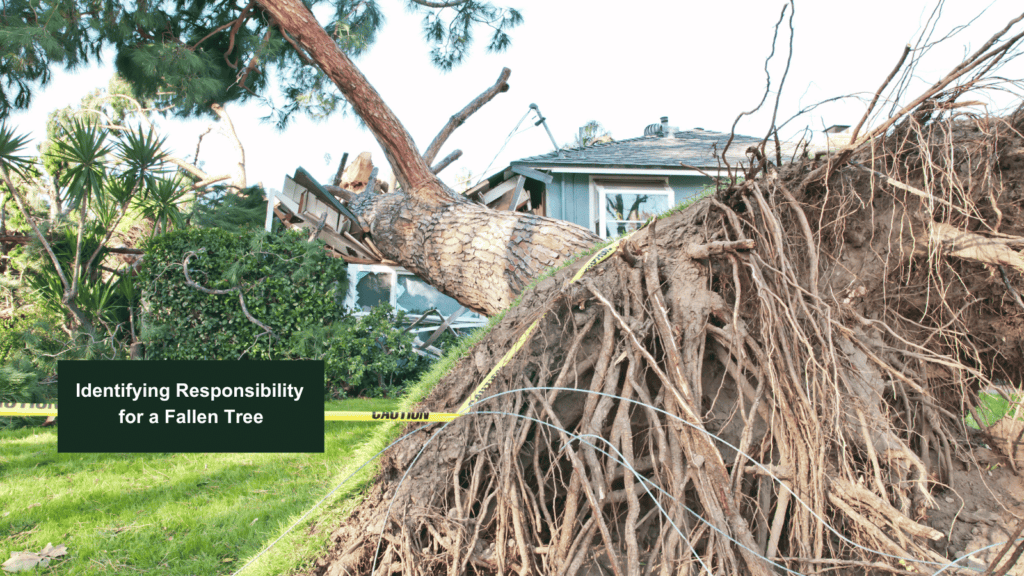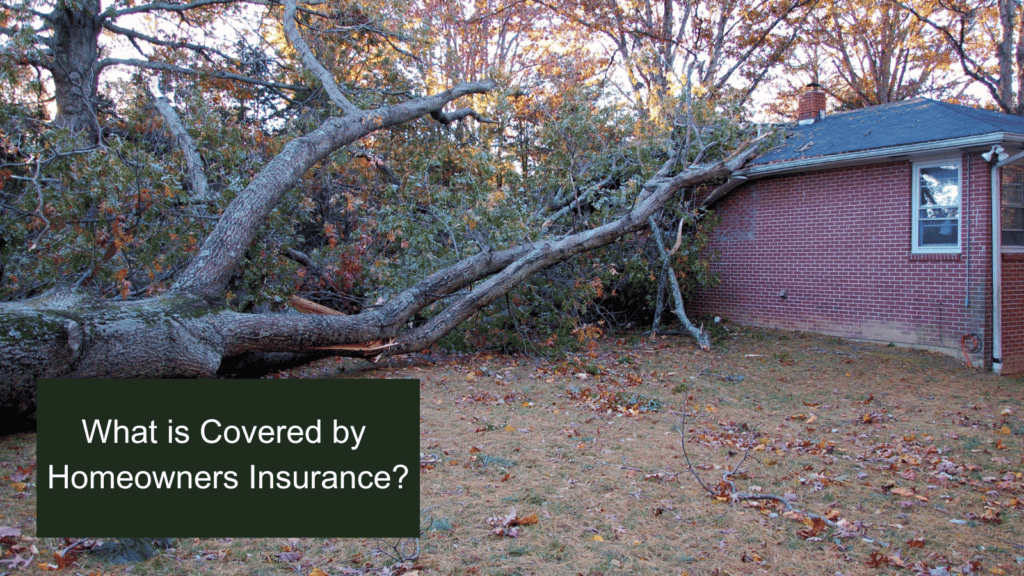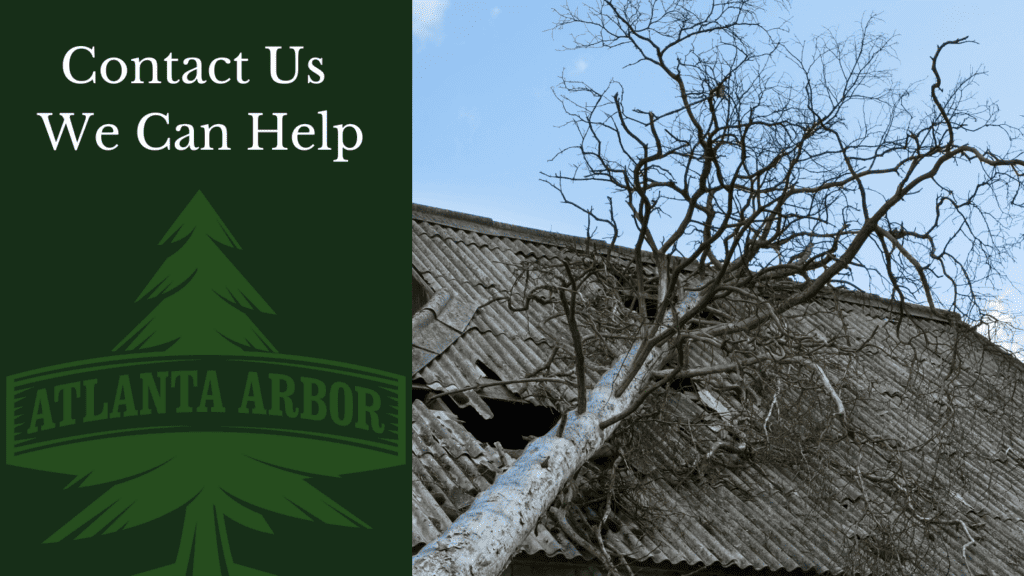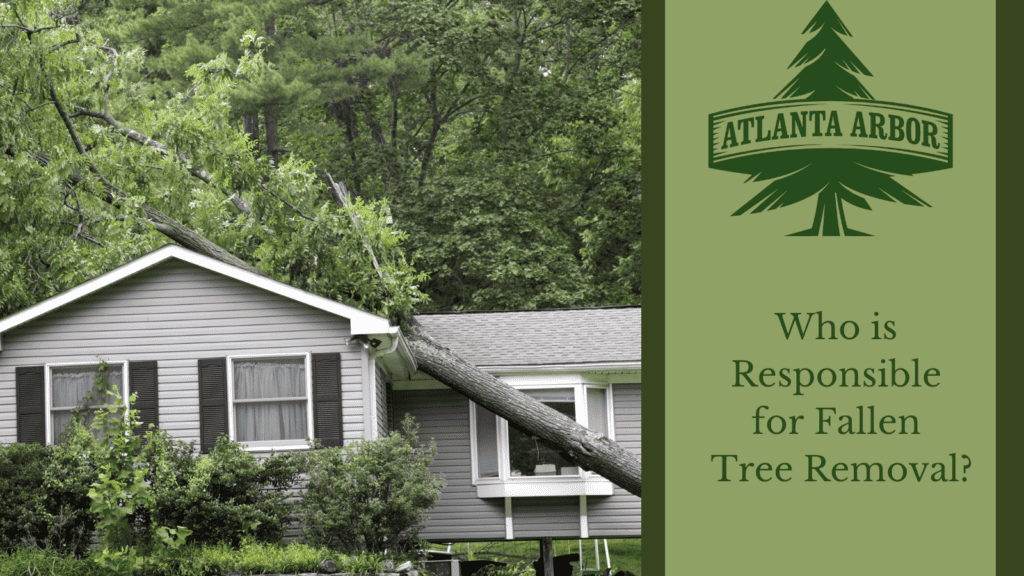Trees not only elevate the aesthetic appeal of your home but can also significantly increase its market value when they are healthy and well-maintained. However, alongside these benefits, there are inherent risks associated with trees, especially large ones.
The primary concern is the potential danger posed by falling trees or large branches. Such incidents can lead to significant property damage, ranging from crushed roofs and broken windows to damaged cars and other property assets. In severe cases, falling trees or branches can cause personal injury, posing a risk to the safety of residents and visitors.

Identifying Responsibility for A Fallen Tree
The most fundamental factor is determining who owns the tree. Generally, if the tree trunk is located entirely within your property lines, you are considered the owner of the tree and thus responsible for it. Conversely, if the tree trunk is rooted in your neighbor’s yard, they are typically responsible. However, things can get complicated with boundary trees, where the trunk straddles the property line. In such cases, both neighbors may share ownership and responsibility.
Understanding the Cause of the Tree’s Fall
Falls Due to Natural Causes
When a tree falls because of natural events such as severe weather conditions – including storms, high winds, or lightning – it is typically classified as an ‘Act of God.’ In these instances, the tree owner is generally not held responsible for any damage that occurs to neighboring properties. This is because such natural events are beyond the control of the tree owner, and therefore, they cannot be held accountable for the tree’s fall.
Falls Resulting from Negligence
On the other hand, if the fall of the tree is due to negligence, the situation is quite different. Negligence could involve failing to address visible signs of disease, decay, or other known hazards that would likely lead to the tree’s fall. In such cases, if a neglected tree falls and causes damage, the tree owner could be held liable. This is because the owner had the responsibility to maintain the tree and prevent such hazards. Neglecting to do so, particularly when there are clear signs of potential danger, places the burden of responsibility on the tree owner for any damage caused by the fall.
Other Liability Factors for Fallen Tree Damage and Removal
When a tree falls, causing damage or necessitating removal, several key factors come into play to determine who is legally and financially responsible. Understanding these factors is crucial for homeowners to navigate the aftermath effectively.
- Local Laws and Ordinances: Different regions have varying laws and ordinances regarding tree ownership and responsibility. Some areas might have specific rules about boundary trees or trees that pose a risk to neighboring properties. It’s essential to be aware of and understand these local regulations as they can significantly impact liability issues.
- Homeowner’s Insurance Policies: Whether damages caused by a fallen tree are covered can depend on the specifics of your homeowner’s insurance policy. Policies typically cover tree fall damage due to natural causes, but may not cover it if the fall is due to negligence. Additionally, insurance policies might handle boundary trees or trees falling from a neighbor’s property differently, so it’s important to understand the nuances of your policy.
- Evidence of Negligence or Foreseeable Risk: If a tree was visibly unhealthy or poorly maintained, and this contributed to its fall, the tree owner might be liable for negligence. For instance, if a tree had obvious signs of rot and was not treated or removed, the owner could be held responsible for damages caused by its fall.
- Damage Assessment and Claims: The process of assessing damage and filing insurance claims can also influence liability. Insurance adjusters will consider the factors above, along with the extent and nature of the damage, when determining liability and compensation.

Homeowners Insurance Coverage for Fallen Trees
Homeowners insurance coverage for fallen trees varies depending on the circumstances of the fall. Generally, damage from natural events like storms, wind, or lightning is covered, including removal and repairs to structures like homes, garages, and fences. If a tree falls on a neighbor’s property, the neighbor’s insurance typically provides coverage, and vice versa, promoting mutual support among neighbors.
However, if a tree falls due to negligence or poor maintenance, like ignoring disease or decay, insurance may not cover the damages. The same applies to already dead or visibly decaying trees. Additionally, if a tree falls without damaging insured structures, some policies might not cover removal costs. It’s important to note that damages to cars from tree removal can be covered by homeowners insurance depending on the situation or policy or under car insurance.
Dealing with Fallen Trees from Public Land
When a tree situated on public land falls onto your private property, the situation often involves coordination between public authorities and your own resources. Typically, local government bodies or municipal authorities are responsible for the maintenance and care of trees on public lands, which include parks, streets, and other public spaces. In the event that one of these trees falls onto your property, the initial step usually involves contacting the relevant public authority to inform them of the incident and request their intervention.
The responsibility of these authorities generally extends to the removal of the tree. This means that they will take charge of clearing the fallen tree from your property, ensuring that public trees do not pose a prolonged inconvenience to private landowners. However, the extent of their responsibility might vary depending on local regulations and policies. In some jurisdictions, the public authority might also cover the cost of any damages caused by the fallen tree, but this is not universally the case.
It’s also crucial for homeowners to document the incident comprehensively. Taking photos of the fallen tree, the damage it caused, and any relevant landmarks or identifiers that establish the tree’s location on public land can be invaluable during the claims process with your insurance or in discussions with public authorities.
DIY Tree Removal: Risks and Liability
Attempting to remove a tree on your own can be a highly risky endeavor, fraught with potential hazards and legal liabilities. The process of tree removal involves much more than simply cutting down a trunk; it requires a deep understanding of tree biology, physics, and the use of dangerous tools. Without proper training and equipment, DIY tree removal can lead to damaging property, injuring oneself or others, and potentially fatal accidents.
Additionally, if an untrained individual attempts tree removal and causes damage, they could be held legally liable for any resulting harm or property damage. This liability extends not just to their own property, but also to neighboring properties and public areas. Due to these significant risks and potential legal ramifications, it is strongly advised to hire professional arborists or tree removal services. These professionals are equipped with the necessary knowledge, skills, and insurance to safely and effectively remove trees, mitigating the risk to property and persons.

